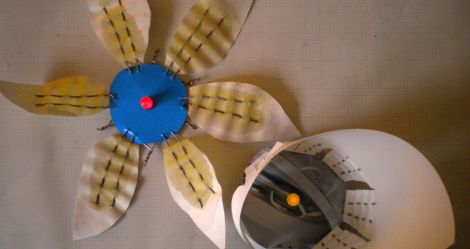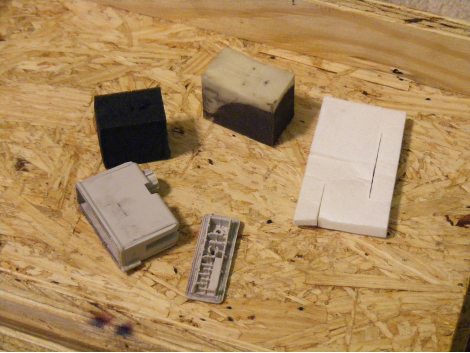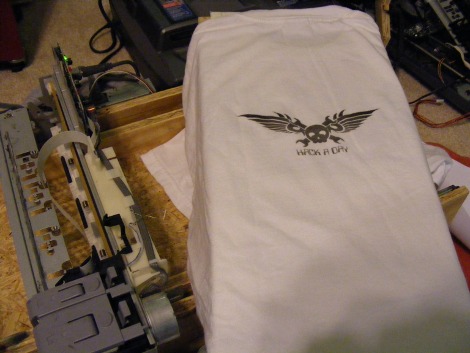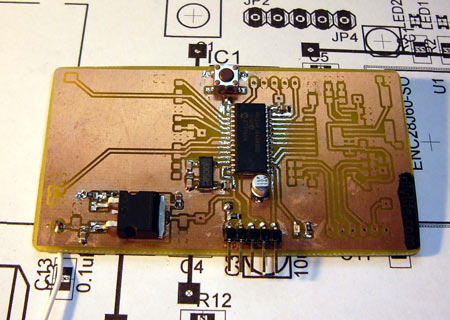
[Emily Daniels] has been teaching interactive electronics workshops geared towards children for some time now, recently holding a session that demonstrated how batteries work in a pretty novel fashion.
She wanted to keep things safe and simple due to the class size, so she didn’t want to rely on using soldering irons for the demonstration. Instead, she showed the children how batteries function by building simple voltaic cells with paper flowers, salt water, and LEDs. The paper flowers’ absorbency was used to act as a salt bridge between the wire pairs that adorned each petal. After salt water was applied to each of the flower’s petals, the center-mounted LED came to life, much to the amazement of her class.
The concept is quite simple, and the LED flowers are pretty easy to build, as you can see in her Instructables tutorial.
We think it’s a great way to demonstrate these sorts of simple concepts to kids, and hope to see more like it.
[via Adafruit blog]
















